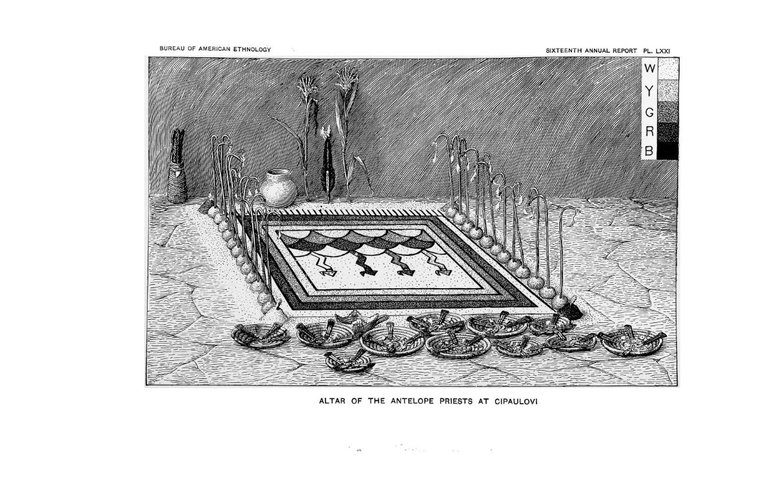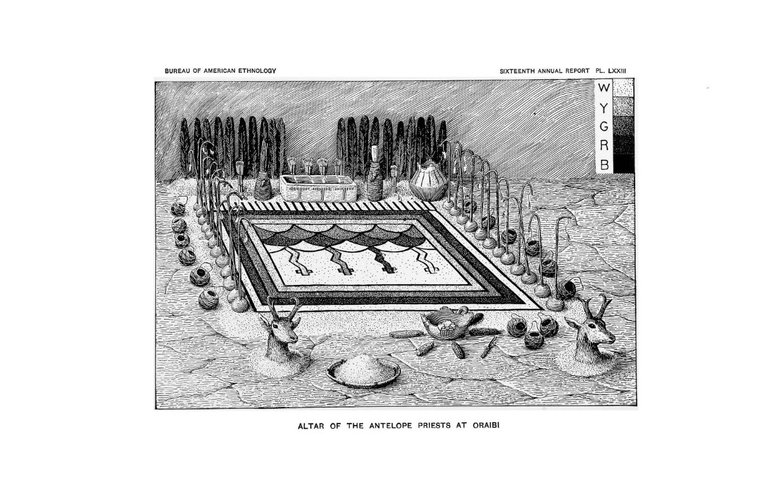The items below were ‘the cream’ of the articles and websites I found this past week. Click on the light green text to look at the article.
Two Baby Condors at Pinnacles National Park Are Healthy, ‘Adorable Fluffballs’ – Avian flu killed at least 20 California Condors in Arizona and Utah last spring…so the health of these birds is great news. So far, their lead levels (often a problem if their parents bring them carrion with bullet fragments) are low. They will make their first flights in October or November.
Biden Designates Baaj Nwaavjo I'tah Kukveni - Ancestral Footprints of the Grand Canyon National Monument – Protecting the land around Grand Canyon National Park.
Nearly Two-Thirds of All Species Live in the Ground, Scientists Estimate - Soils are richer in life than coral reefs or rainforest canopies, providing a home to nearly two-thirds of all species. The study is the first to tally the total number of soil dwellers, large and small, finding that more than twice as many species live in the ground as was previously thought: 59 percent of all species depend on soil for their survival, including 90 percent of fungi, 86 percent of plants, and 40 percent of bacteria.
Incredible Winners of Light Microscopy Awards Show Artistry of Scientific Imaging – The beauty of microscopic life….
Research Sheds Light on Steamboat Geyser’s Eruptions, Past and Present – They discovered that the strength of shaking decreased as snow depth increased. The ability of snow to absorb sound makes a difference!
Stunning Fields of Sunflowers Are Blanketing North Dakota – The states farmers grew 625,000 acres of sunflowers this year…and they bloom throughout August. Maybe one year we’ll make the trek to see them; I haven’t been to North Dakota before.
Exceptional Winners of the 2023 Nature inFocus Photography Awards – Beautiful…and educational. My favorite image is the ant with aphids (“A Sappy Alliance”).
What Pots Say—and Don’t Say—About People – “What can such a well-traveled artifact tell us about the people who left it in the ground? Its culture of origin may be less important than how it fit into life where it was found.”
Microplastics found in human heart tissues, both before and after surgical procedures - Everywhere scientists look for microplastics, they've found them -- food, water, air and some parts of the human body….even in the heart. But it still is not known how/if the microplastics impact the cardiovascular system.
Microalgae vs. Mercury - In the search for ways to fight methylmercury in global waterways, scientists at Oak Ridge National Laboratory discovered that some forms of phytoplankton are good at degrading the potent neurotoxin.

































































